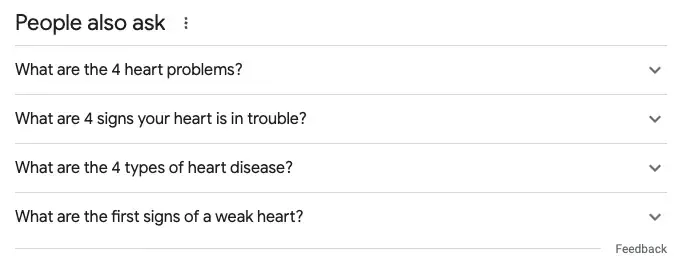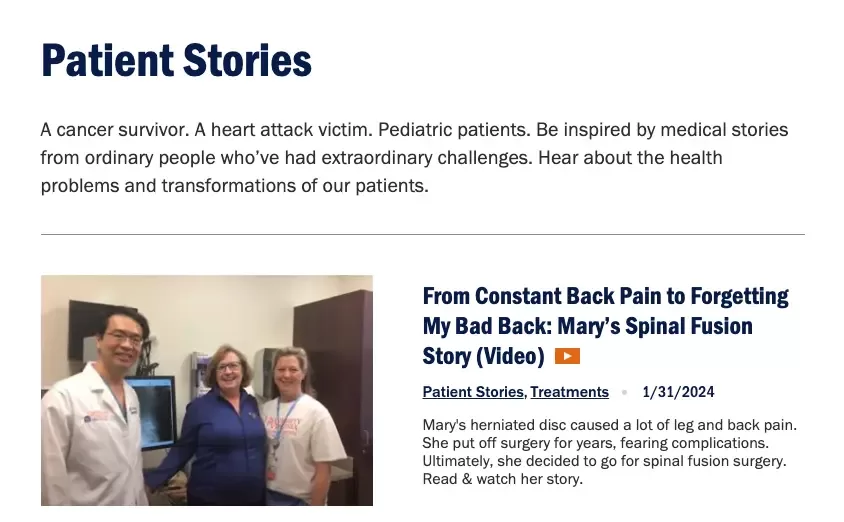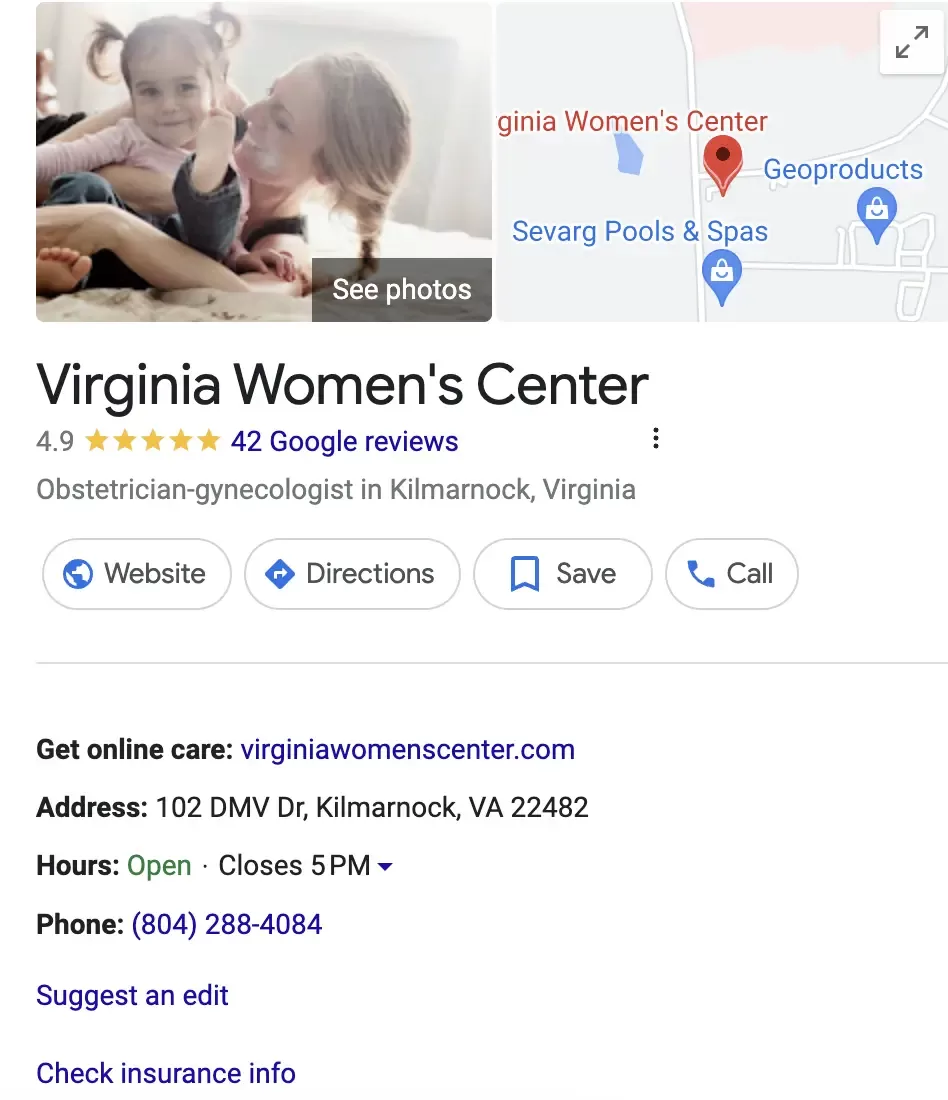Healthcare marketing must keep pace with the needs of patients
In years past, consumers relied on word-of-mouth referrals from family and friends to inform healthcare decisions. They would have a finite number of interactions with a brand before making those choices.
These days, patients are empowered to make their own purchasing decisions. The internet has provided opportunities for patients to read reviews, research doctors, and compare prices.
As a byproduct, search engines can influence decision-making. Because patients increasingly rely on search engines for healthcare information, marketing material and messaging must correspond with the patient’s journey. Healthcare providers must adapt and meet patients where they are searching, rather than waiting for patients to come to them.
A main aspect of performing well in digital marketing is creating engaging content that resonates with your audience. This means knowing what types of content to create, how and when to share it, and which advertising channels to leverage.
Making the most of the healthcare marketing funnel
Often credited as the pioneers of inbound marketing, HubSpot has various resources on inbound marketing. As these techniques become more recognized in the industry, we’ve adapted the traditional sales funnel—alternatively known as the purchase or purchasing funnel—to correspond to content creation for the healthcare industry.
Much like in the inverted pyramid model of the sales funnel—in which prospects move from the top of the funnel to the middle of the funnel, to the bottom of the funnel—healthcare marketers can reach their patients at different stages in their purchasing journey: from awareness to consideration, all the way down to interest.
Generate awareness
Traditionally, top-of-the-funnel marketing refers to lead generation and targeting campaigns that generate early awareness in the buying process. It’s important for organizations to introduce their brand to prospective patients. Content at this stage should establish authority and trustworthiness. It should educate and inform.
Top-of-the-funnel prospects will be looking for help. They have a specific problem and are looking for a solution. To know your prospective patients is to know their challenges. From locating an urgent care facility for a broken bone to finding a new primary care physician, it’s important that you address healthcare problems with relevant content like blogs, videos, and eBooks.

It’s also important to know what terms they’re searching for to answer their questions. Once you uncover your prospect’s challenges, it’s far easier to tailor your content to fit their needs. Targeted search ads can empower your personas to find a solution to their problem. Paid digital marketing can help you reach new patients through precise demographic targeting.
Give them reasons to consider
While top-of-funnel content is an obvious first choice for content creation, reaching personas in the middle of the funnel helps move them further down the healthcare marketing funnel. At this stage, patients are aware of who you—or your practice—are. Now is the time for you to show them why they should choose your practice over your competitors.
For example, patient reviews, testimonials, and case studies are middle-of-the-funnel content pieces that display the expertise and knowledge of you and your staff members. Similarly, video interviews with staff members can help humanize your brand. And finally, video tours of your hospital can provide a first-hand glimpse into your facilities and establish rapport.

Get patients in the door
While you’re still a step away from converting at the bottom of the funnel, now is the time to make meaningful connections with prospective patients. They’ve already shown interest; now is the time for you to shine.
The last stage of the funnel is arguably the most important for the bottom line of your hospital—as it turns prospects into real patients. Your goal here is to make it simple for your audience to convert. Of course, conversions mean something different for everyone; but generally, in the healthcare space, they mean getting a new patient in your doors for an appointment. You can track your digital marketing efforts with phone clicks, appointment bookings, and direction requests.
Bottom-of-the-funnel leads should be able to answer any lingering questions they may have through targeted webinars and Q&As. They should be able to click through to landing pages that are tailored with specific messaging, and they should know how to call your hospital, click to book an appointment, or fill out a submission form.
Optimized Google My Business listings increase your visibility on Google Maps and search engine results pages. While these listings undoubtedly affect the patient experience at every stage, features like Google Business Profile posts and Q&As are useful bottom-of-the-funnel techniques, as they build rapport with prospects. Ultimately, an accurate listing ensures your contact information is up-to-date—should they choose your practice.

Where are you in your healthcare marketing efforts?
Regardless of where you’re at in your content creation efforts, below is a handy—and admittedly non-exhaustive—list of recommended content types based on stages of the funnel:
Awareness
- Blogs
- Videos
- Infographics
- eBooks
Consideration
- Patient reviews
- Testimonials
- Video content
- Case studies
Interest
- Google Business Profile listings
- Q&As
- Webinars
- Landing pages
Reach your audiences with effective healthcare digital marketing
Healthcare digital marketing can reach new patients across all stages of the buying cycle. By creating relevant marketing messaging and investing in SEO and PPC strategies to make the most of your efforts, your practice can boost its patient acquisition process—and get more people in the door.
This blog post was originally published on March 29, 2019, and was updated and republished on February 29, 2024.

